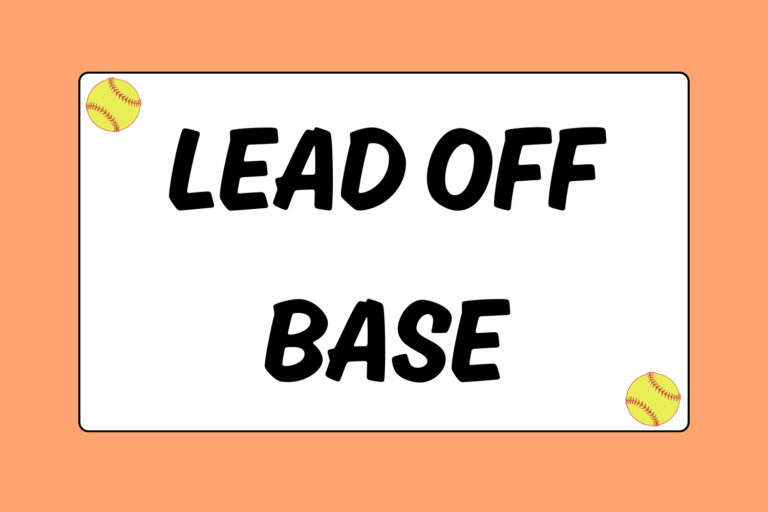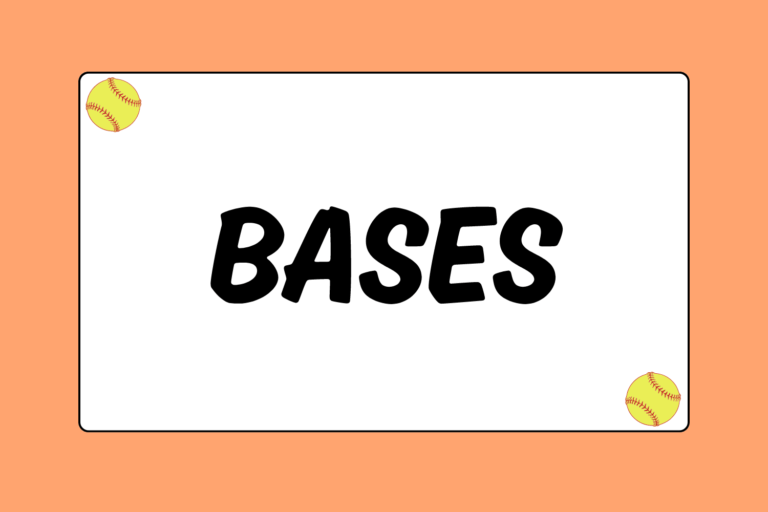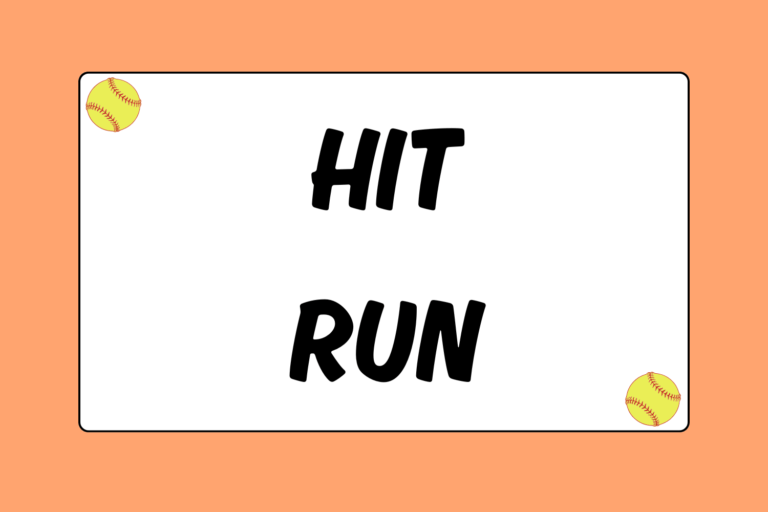With a runner on base, especially first or second, know that a bunt is a sure-fire way to advance a runner. On defense, you’ve got to know where you are going to make the play ahead of time — a minute’s hesitation is an opportunity lost. If you can anticipate what the batter is going to do (or if you can pick off the coach’s signs), you’ll be able to prevent your opponents from gaining the momentum with a successful offensive play. Follow the tips below, and your team is sure to put a little extra fear into your opponents’ minds.
Runner on First
With a runner on first, there is a force out at second. This makes a defensive bunting situation fairly simple. With a runner on first, the bunt is an attempt to move her to second — the bunter is sacrificing her out to advance her teammate. On defense, hustle to the ball, throw to second (with the shortstop covering), and then try turn the double play (with the second baseman covering first).
However, if the lead runner is fast enough that you have no chance of throwing her out, get the out at first base. You’ll have the best chance at throwing out a quick lead runner if the ball is bunted hard to the pitcher, or if it stops directly in front of the catcher (neither of which is the bunter’s goal). But be smart — because it’s a force out, an out must be made on this play.
Runner on Second
It gets a little more complex when there’s only a runner on second because the only force out is at first base — the runner at second doesn’t have to advance if it’s a bad bunt. Therefore, the goal of this play on defense is to prevent her from going to third.
On the bunt, field it quickly and look the runner back to second base before throwing to first. When she sees you look away and turn your back to her, she may attempt to take third. In this case, the first baseman has to be ready to catch the ball and fire it over to third. If you can pump fake (turn your body and make the throwing motion towards first base without actually throwing) this would be a good time to do it.
No matter what, it’s vital to get an out somewhere. So if you’re going to pump fake, you need to be confident that she is going to fall for it.
Runner on Third
This is perhaps the easiest play to anticipate. With a runner on third base, you can easily predict what’s coming next: A squeeze play. The only part you may have to guess is whether it’s going to be a suicide squeeze or a safety squeeze. If you don’t know the differences, it’s pretty simple. On a suicide squeeze, the runner is going — no matter what. On a safety squeeze, the runner will only go if the ball is put into play, so she may hesitate before taking off.
The Suicide
On a suicide, it’s pretty straightforward — throw the ball home. The runner is going. If you are playing third, it might be hard to see the runner out of the corner of your eye. But everyone on the field should be yelling where the play is, so trust your teammates. The pitcher or first baseman fielding the bunt should think to throw home, as well. Field it cleanly and try to make a low throw to the catcher. If there’s no chance to get the runner, throw to first — you have to get at least one out on this play!
If there are additional runners on the bases, the catcher needs to pop up poised and ready to throw out a runner at second or third. Don’t ever assume the play is over after the play at the plate, especially if there are less than two outs. The other runner could easily take advantage and advance another base, regaining the momentum you just took away.
Note: For a more detailed, in-depth explanation of exactly how to defend against a squeeze play, check out the guide devoted solely to the situation, How to Defend Against a Squeeze Play.
The Safety
The safety squeeze is a little trickier because it’s not guaranteed that the runner is going. In this situation, you need to field the bunt, look the runner back to third, and then make the throw to first. However, once she sees you turn your body to throw, she may take off on a delayed attempt to score. It may be to your advantage to pump fake and then turn back to throw behind the runner and catch her by surprise. In most cases, a pump fake will freeze the runner in her path, making it easier to throw her out.
As a first baseman, if you receive the ball, always look right back to third after you make the catch. Take a few steps towards the runner, at an angle so that you cut off her path to the plate and force her back to the bag.
Hot Tip: Throw Low!
Whenever you make a throw to the catcher, keep it low. You want to give the catcher the least amount of work to do because her mind is going to be preoccupied with the oncoming runner. Give her a clean enough throw so she can quickly swipe a tag, and then look up to hold the other runner(s).
Get an Out!
The most important aspect of a bunt situation is to get the lead runner out. But just because that’s the goal doesn’t mean it’s going to happen every time. If you can’t get the lead runner out, get someone out. A missed opportunity to get an out on a bunt puts two runners on base, doubling their chances of scoring. Just remember that the other team is sacrificing, which means they’re giving you a free out — so take it!





